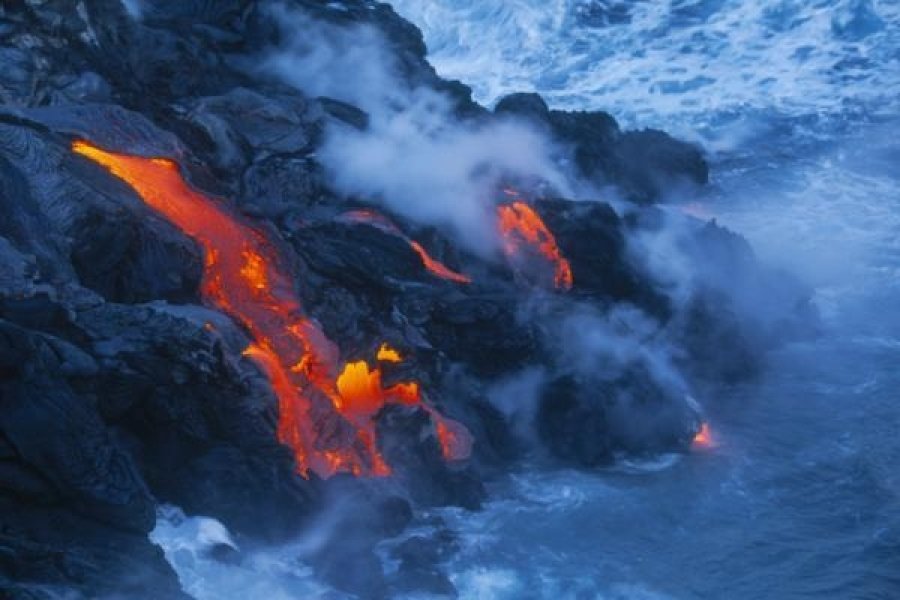
‘Great Oxidation Event’ Started 100-Million-Years Earlier Than Previously Thought
The Great Oxygenation Event, which holds the first appearance of dioxygen (O2), started some 100 million years earlier than it is previously believed to be. According to a new study, the inhalation of oxygen that enabled the materialization of complex life on Earth kicked off approximately 100 million years before the proposed timeline, suggested by the previous credence. The study, published on the 6th February edition of Proceedings of the National Academy of Sciences revealed that the level of oxygen started an unsteady upsurge on earth between 2.460 billion and 2.426 billion years ago, which is 100-million years earlier than the previously suggested theories.
A team of researchers at the College of Arts and Sciences have brought up new path-breaking evidence that are giving new insights into the starting era of “Great Oxidation Event” (GOE), in which the first appearance of oxygen on Earth’s atmosphere some 2.3 billion years ago was recorded. The new study, led by Christopher Junium, assistant professor of Earth Sciences and Aubrey Zerkle, a biogeochemist at the University of St. Andrews in Scotland, has refuted the previous theories suggesting the Great Oxidant Event on earth to start 2.3 billion years ago.
They have received the new insight from the aftermath of research involving a 2.1-Billion-Year-Old rock. While experimenting with the ancient stone, the scientists uncovered the evidence of an interface between nitrogen and oxygen. The rock, detained from South Africa not only helped scientists to get new clues regarding how life changes along with alternations of Earth’s surface chemistry, but also disclosed a significant 400-million-year gap in geochemical records.
The discovery appeared in a major article in Nature described how scientists succeeded in ascertaining the interaction of the nitrogen and oxygen cycle during the significant evolution in the environment of Earth’s surface. According to the co-author of the study and sedimentary geologist Andrey Bekker of the University of California, Riverside, “The gap of time is truly big deal in unlocking the hidden secrets of ancient earth and its atmosphere.”
The discovery is expected to pave new paths for the complete exploration of ancient environmental conditions, resulting in the development of GOE, which triggered the progression of oxygen-dependent life-forms on earth, called eukaryotes.


